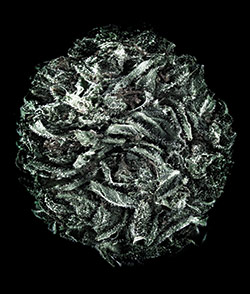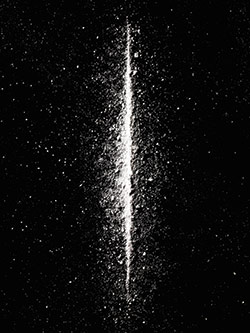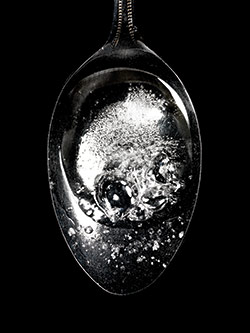Examining the failure of the war on drugs
7:26 pm on 11/27/2012
Has the U.S. surrendered in the war on drugs? On Tuesday’s show, Alex and the panel discussed a new article
in New York Magazine examining how the U.S. is quietly abandoning its
“War on Drugs” and entering a new phase of passive acceptance.
The article’s author, Benjamin Wallace-Wells, told Alex that recent efforts to stop the inevitable drift towards legalization are failing. In Washington State–which, along with Colorado, passed laws decriminalizing marijuana on Nov. 6–supporters of legalization spent $6 million while opponents raised a paltry $16,000.
“I don’t think there’s anybody in American life anymore who’s willing to stand up and put a bet on holding the line against marijuana,” Wallace-Wells said.
The legalization movement is unlikely to stop with Colorado and Washington. Now Maine and Rhode Island are positioning themselves to be the next states to legalize recreational marijuana use. Efforts in these states tend to reflect public opinion broadly. According to Gallup, 50% of Americans now support marijuana legalization, a sharp jump from the 31% who supported it in 2001.
The panel also discussed the fact that some Republicans–such as New Jersey Gov. Chris Christie–are openly acknowledging that the so-called “War on Drugs” was a failure. The show looked at some old footage from 2004, in which then-Senate hopeful Barack Obama declared the “War on Drugs” to be an “utter failure” and said the country needed to “rethink and decriminalize out marijuana laws.”
The article’s author, Benjamin Wallace-Wells, told Alex that recent efforts to stop the inevitable drift towards legalization are failing. In Washington State–which, along with Colorado, passed laws decriminalizing marijuana on Nov. 6–supporters of legalization spent $6 million while opponents raised a paltry $16,000.
“I don’t think there’s anybody in American life anymore who’s willing to stand up and put a bet on holding the line against marijuana,” Wallace-Wells said.
The legalization movement is unlikely to stop with Colorado and Washington. Now Maine and Rhode Island are positioning themselves to be the next states to legalize recreational marijuana use. Efforts in these states tend to reflect public opinion broadly. According to Gallup, 50% of Americans now support marijuana legalization, a sharp jump from the 31% who supported it in 2001.
The panel also discussed the fact that some Republicans–such as New Jersey Gov. Chris Christie–are openly acknowledging that the so-called “War on Drugs” was a failure. The show looked at some old footage from 2004, in which then-Senate hopeful Barack Obama declared the “War on Drugs” to be an “utter failure” and said the country needed to “rethink and decriminalize out marijuana laws.”













